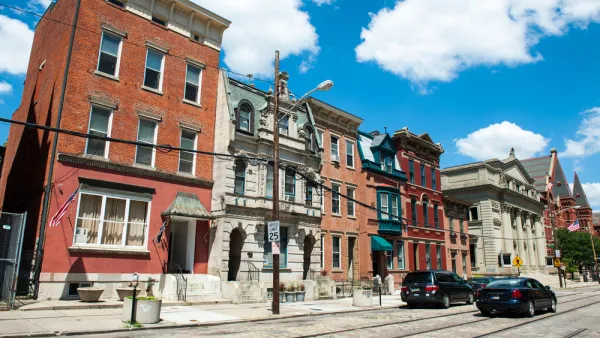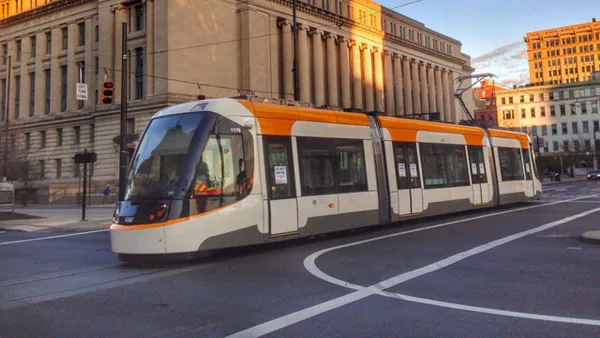Craig Chester describes the "unique partnership" between city leaders, local corporations and private developers that has helped transform Cincinnati’s Over-the-Rhine neighborhood into "one of America’s greatest smart growth success stories."
While Over-The-Rhine's (OTR) transformation from impoverished former industrial hub to thriving locus of redevelopment may be a common storyline among America’s urban neighborhoods, the partnership that helped spur the area's turnaround is quite unique, says Chester.
Despite decades of disinvestment and population loss, "Redevelopment visionaries saw the potential for revitalizing the neighborhood based around the existing historic buildings and the increasing demand for walkable urban neighborhoods close to job centers and entertainment," explains Chester. "The only thing missing was the organization and financial infrastructure on the ground to make it happen."
"That changed in 2003 with the founding of the Cincinnati Center City Development Corporation (3CDC), a uniquely structured non-profit development corporation that works in close collaboration with both public officials and major area employers including Kroger, Procter & Gamble and PNC Bank, among others. All the parties share a collective vision for a safe, vibrant, economically resilient OTR neighborhood as a catalyst for civic improvement in downtown Cincinnati."
"What sets 3CDC apart from traditional developers are the unique financing mechanisms available due to the close collaboration with corporate leaders and local officials."
"Since 2004, 3CDC has invested over $255 million in the OTR neighborhood. That includes about $64 million in public support from the City of Cincinnati, which aids in ‘gap financing’ of loans for development. According to 3CDC, these projects have:
- Restored or in process of restoring 107 historic buildings
- Developed or in process of developing 496 new and rehabbed residential units
- Developed or in process of developing approximately 127,000 SF of new and renovated commercial space
- Developed or in process of developing 869 public parking spaces in lots and garages
- Improved streetscapes
- Created an eight acre civic green space"
FULL STORY: Public-private partnerships lead the way in a Cincinnati neighborhood’s revival

National Parks Layoffs Will Cause Communities to Lose Billions
Thousands of essential park workers were laid off this week, just before the busy spring break season.

Retro-silient?: America’s First “Eco-burb,” The Woodlands Turns 50
A master-planned community north of Houston offers lessons on green infrastructure and resilient design, but falls short of its founder’s lofty affordability and walkability goals.

Delivering for America Plan Will Downgrade Mail Service in at Least 49.5 Percent of Zip Codes
Republican and Democrat lawmakers criticize the plan for its disproportionate negative impact on rural communities.

Test News Post 1
This is a summary

Test News Headline 46
Test for the image on the front page.

Balancing Bombs and Butterflies: How the National Guard Protects a Rare Species
The National Guard at Fort Indiantown Gap uses GIS technology and land management strategies to balance military training with conservation efforts, ensuring the survival of the rare eastern regal fritillary butterfly.
Urban Design for Planners 1: Software Tools
This six-course series explores essential urban design concepts using open source software and equips planners with the tools they need to participate fully in the urban design process.
Planning for Universal Design
Learn the tools for implementing Universal Design in planning regulations.
EMC Planning Group, Inc.
Planetizen
Planetizen
Mpact (formerly Rail~Volution)
Great Falls Development Authority, Inc.
HUDs Office of Policy Development and Research
NYU Wagner Graduate School of Public Service





























